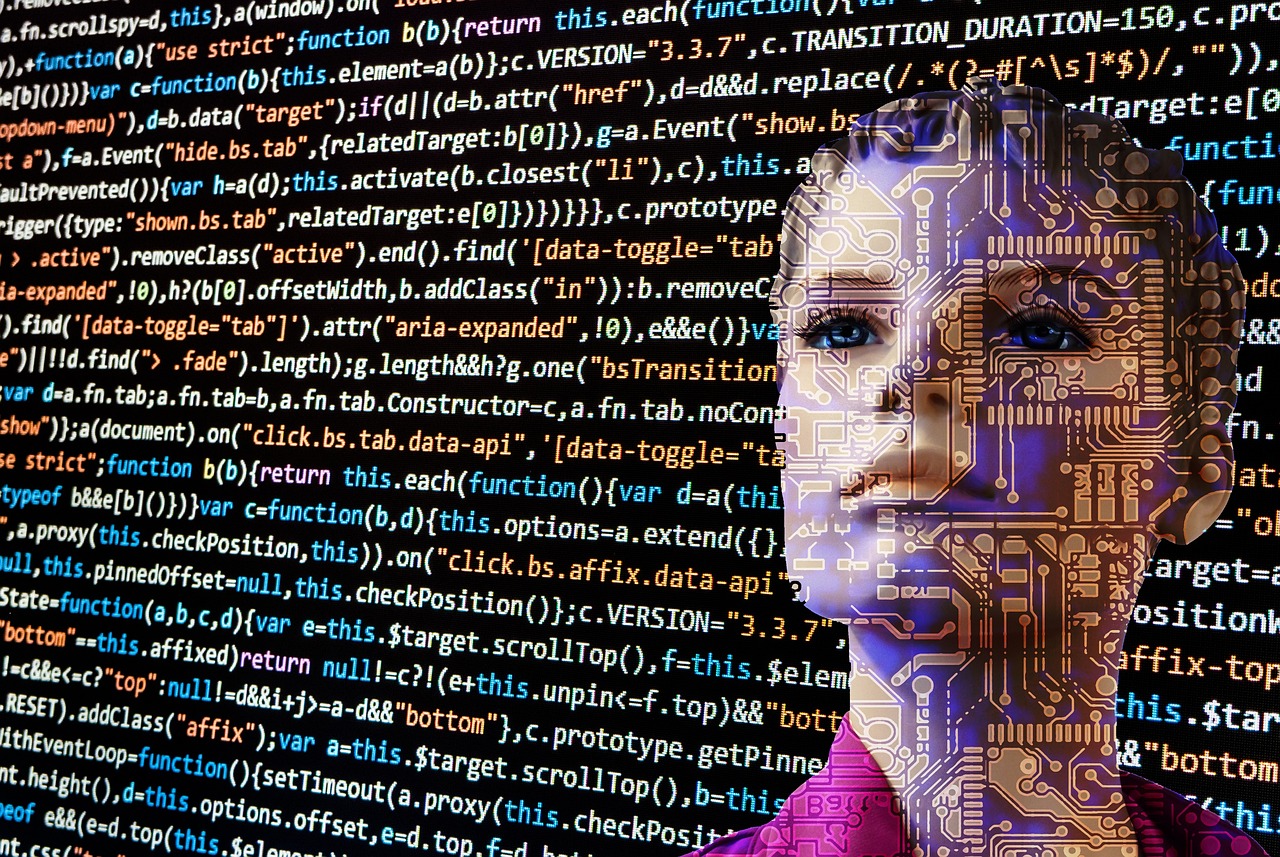Hackers have released an updated version of a ChatGPT-like hacking tool known as WormGPT, causing concern among cybersecurity experts.
WormGPT is AI module system that gives the threat actors abilities to launch automated phishing and other forms of attack.
The developers of the malicious chatbot have claim its latest version features increased versatility for malware, BEC phishing, and hacking, has no user logs and crypto-only payments.
The developers of the tool are anonymous and sell access to it via the dark web, but reports have surfaced of its existence.
WormGPT was discovered by reformed hacker Daniel Kelley earlier this year.
At the time, Kelley said in a blog post for security company SlashNext that “WormGPT was allegedly trained on a diverse array of data sources, particularly concentrating on malware-related data”.
“However, the specific datasets utilised during the training process remain confidential, as decided by the tool’s author,” he added.
According to Sky News, tests run by researchers on WormGPT found it could produce convincing emails from a company's chief executive requesting an employee pay a fraudulent invoice.
The National Cyber Security Centre (NCSC) recently warned users of AI-powered chatbots like ChatGPT, Google Bard, and Meta’s LLaMA that the technology poses security threats and can be manipulated by hackers.
Latest News
-
PornHub probes reported breach affecting premium users’ viewing data
-
Apple’s iPhone to support alternative app stores in Japan
-
Google partners with Indian bank to roll out credit card
-
Barclays to trial AI-driven platform to drive SME sustainability insights
-
Former UK chancellor George Osborne to join OpenAI
-
Amazon ‘in talks to pour $10bn’ into OpenAI
The future-ready CFO: Driving strategic growth and innovation
This National Technology News webinar sponsored by Sage will explore how CFOs can leverage their unique blend of financial acumen, technological savvy, and strategic mindset to foster cross-functional collaboration and shape overall company direction. Attendees will gain insights into breaking down operational silos, aligning goals across departments like IT, operations, HR, and marketing, and utilising technology to enable real-time data sharing and visibility.
The corporate roadmap to payment excellence: Keeping pace with emerging trends to maximise growth opportunities
In today's rapidly evolving finance and accounting landscape, one of the biggest challenges organisations face is attracting and retaining top talent. As automation and AI revolutionise the profession, finance teams require new skillsets centred on analysis, collaboration, and strategic thinking to drive sustainable competitive advantage.
© 2019 Perspective Publishing Privacy & Cookies











Recent Stories